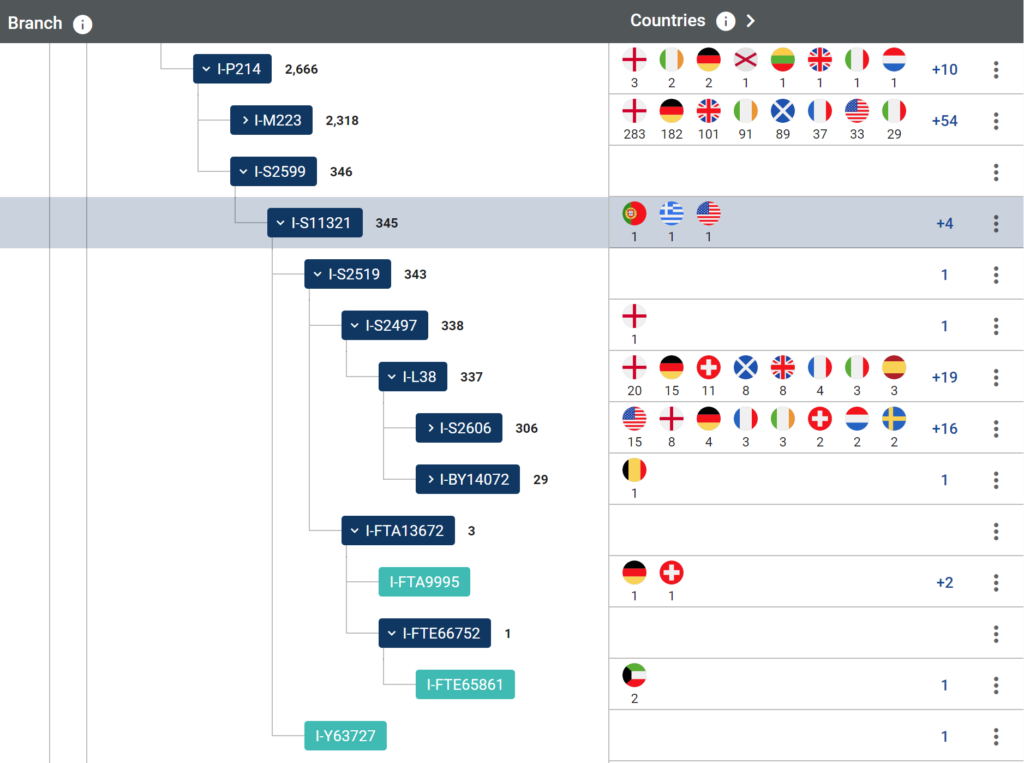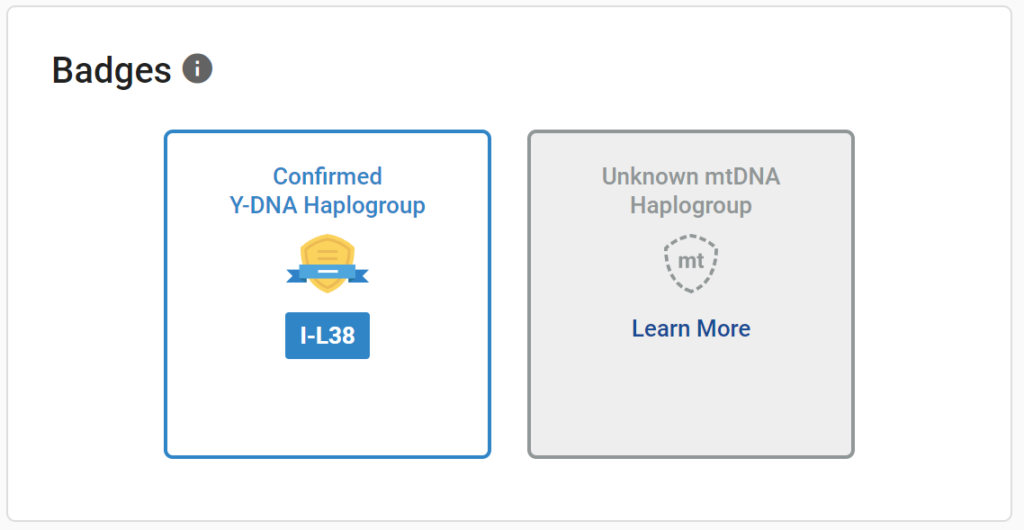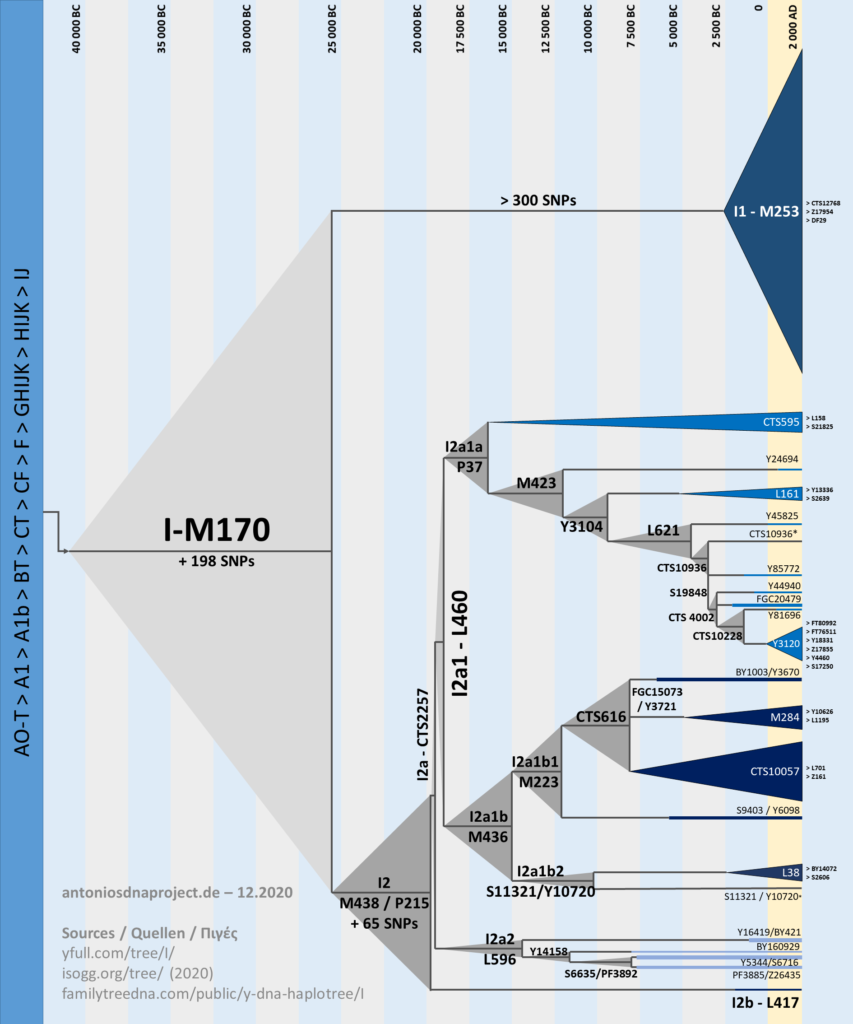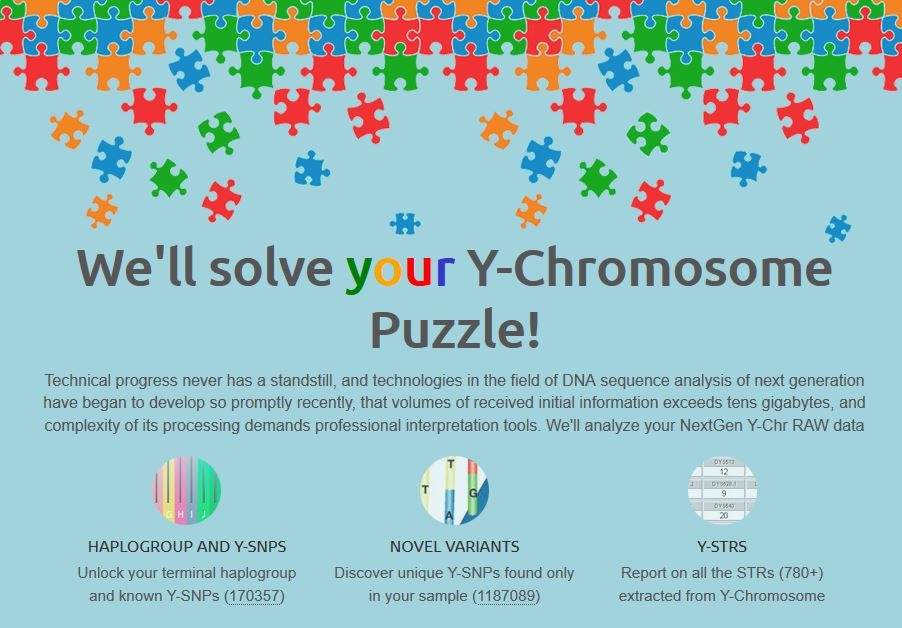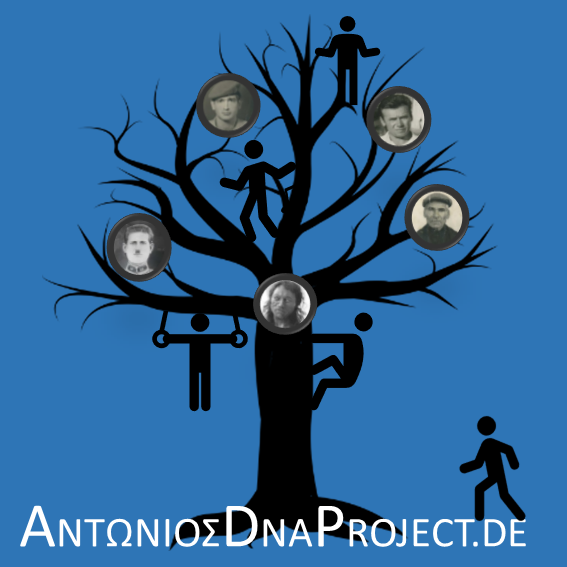First fruits from Greece of the Family Finder Y haplogroups destination for I-S11321, ancestor of I-L38
In the middle of last year, FTDNA announced that they had decided to directly report the Y haplogroup using the Y-SNPs tested in the Family Finder. After the first results also came for I-L38, I wrote the article Family Finder Y-DNA Haplogroups, in which I showed what this could mean for our Y-haplogroup. Now the time has come.
In addition to a known tester from Portugal (already a member of the I-L38 project) and a few unknowns, a tester from Greece has appeared in FTDNA’s Y-DNA haplotree. This is the great advantage of the Y-haplogroup determination of the autosomal test Family Finder. In contrast to 23andme and LivingDNA, where such testers disappear without a trace, with FTDNA they are also shown in the Y-tree. Unfortunately, you can only see them and have no way of contacting them. An internal FTDNA messaging function would be an advantage here.
